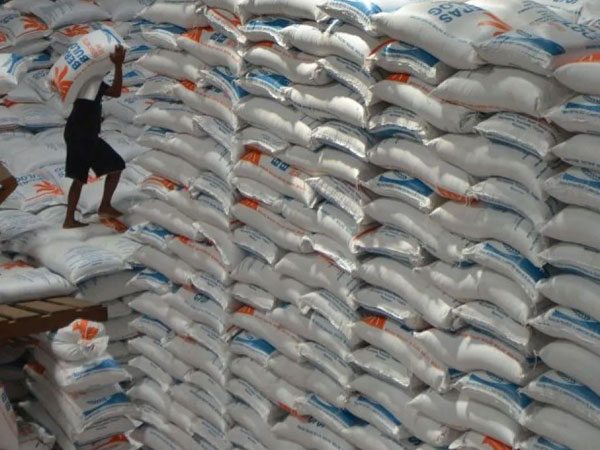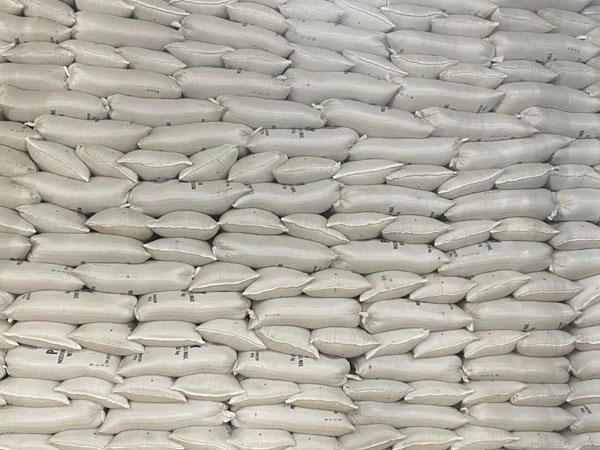 The Philippines, the largest rice importer globally, can breathe a little easier now that India has chosen to relax its restrictions on exports of this essential food staple. This and the harvest of rice in Vietnam have led to the decline in international quotations. Lower international prices mean cheaper imports, and sellers tend to base their pricing decisions on the cost of rice from abroad, among other factors.
The Philippines, the largest rice importer globally, can breathe a little easier now that India has chosen to relax its restrictions on exports of this essential food staple. This and the harvest of rice in Vietnam have led to the decline in international quotations. Lower international prices mean cheaper imports, and sellers tend to base their pricing decisions on the cost of rice from abroad, among other factors.
The Food and Agriculture Organization of the United Nations reported that wholesale rice prices in the major suppliers of the Philippines fell in January. In Thailand, wholesale rice prices declined by 8 percent month-on-month in January, weighed by increased market availabilities from the 2024 main harvest, estimated at an above‑average level, and generally weak international demand. Also, FAO said prices were about 30 percent lower than year-earlier levels after generally declining throughout 2024.
In Vietnam, where the Philippines buys most of its imported rice requirements, wholesale rice prices decreased month-on‑month in January, and they were between 20 to 40 percent lower year-on-year, owing to adequate market availability from the recently concluded autumn/winter and 10th-month harvests. The slowdown in international demand was also cited as a major factor behind the slide in quotations.
In the Philippines, although retail prices of regular and well milled rice, the country’s main staples, declined marginally in January 2025, FAO noted that prices remained at near-record levels after sharp increases between August 2023 and April 2024. The UN agency said this was driven by rising pr ices in the international market, strong domestic demand and concerns about the effect of unfavorable weather conditions on the its paddy crop output. Rice harvest in the country will start soon and this is expected to pull down local prices.
Compared to year-ago levels, data from the Department of Agriculture as of February 15 showed rice prices declined by nearly 20 percent. The weekly average price of local regular-milled and well-milled rice in markets in the National Capital Region (NCR) reached P41.53 and P46.64, respectively. A year ago, prices were at P50.35 per kilo for regular milled and P52.21 per kilo for the well-milled variant.
Lower international quotations, the harvest of the dry season crop, as well as the decision of the government to release its buffer stock should augur well for consumers who continue to prefer white rice over other varieties. Even if it is considered harmful to the body when consumed in large quantities, Filipino consumers buy milled rice in bulk because it is affordable compared to meat products. The staple becomes their primary source of energy, particularly during periods when food prices are high.
The government, however, should not be complacent as its own data indicated that prices were almost on a par with the figures seen in February 2024 even after the Philippines entered the peak of rice harvest in April 2024. While we all hope that cheaper rice is here to stay, international developments and the lack of foresight of policymakers could again cause prices to shoot up to record levels.














© Copyright 2025 The SSResource Media.
All rights reserved.